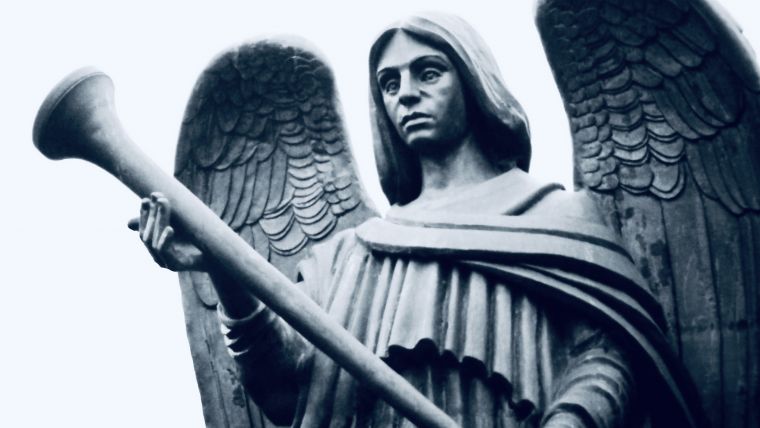Book of Revelation – a series presented by pastor Michael Walker
Lesson #2 – Revelation, chapter 2
Christ’s messages to His Church are meant for His followers throughout the ages from the Early Church to Christ’s return. The names of the churches represent the condition of the church during the forthcoming periods of church history. The Imperial post road of Asia Minor upon which 7 Churches were located, well symbolizes the highway of history along which the church has travelled. It has been said: “Christianity was born in a storm, nurtured in a cyclone, and swept the world like a tornado.”
EPHESUS
vs. 1-7
Ephesus – meaning: “desirable”. Apostolic Period c. AD 31-100
Ephesus was built in 11th century BC. It was a leading commercial city that became the gateway to the land routes into the province of Asia Minor. Ephesus had one of finest harbours in Asia Minor. Geographical changes took place due to earthquakes, resulting in the harbour being abandoned in 4th century AD. The harbour area today is marshland.

The city was adorned with beautiful pagan temples, one of which was the Temple of Artemis (i.e. Diana of the Ephesians) c.f. Acts 19:24-35. It involved vile fertility rites, and she was known as “the great mother of the gods”. It was the Church Council of Ephesus, AD 451, that conferred the title “Mother of God” upon the virgin Mary. The city was in a desirable location. It was called “the City of Change” due to its changing character. It represents the start of the Christian era: a period that saw some drastic changes in human thought as a result of Christ’s revolutionary message.
vs. 1-3
Commendation – the Early Church was commended for its zeal for Christ and true doctrine. They had tested and distinguished between those who were false teachers and those who were true.
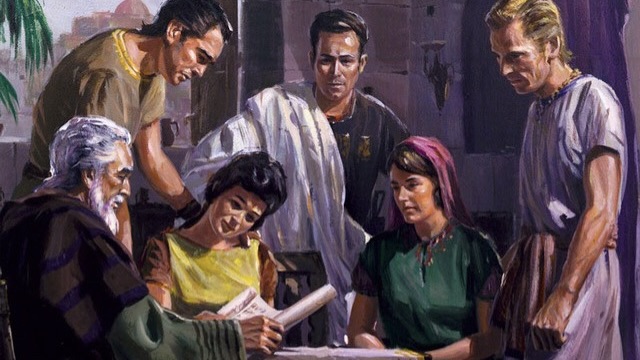
v. 6
“Nicolaitanes” – believed to be antinomian heretics who claimed it was unnecessary to control the desires of the flesh as required by the Moral Law. Irenaeus and Hippolytus called them a Gnostic sect, which was also around about a century or so later. [c.f. 1 John 4:1-3; 1 Timothy 6:19-21].
vs. 4-5
Reproof – “The mystery of iniquity” was already manifesting itself: 2 Thessalonians 2:1-7. Jesus warns them and calls for them to remember to repent and to return to their “first love”.
v. 7
Promise to the overcomer; but notice God’s promise is conditional: take heed to what the Spirit of God says.
SMYRNA
vs. 8-11
Smyrna – meaning “sweet savour” like myrrh. Period of Persecution. c. AD 100-313
Church was to pass through bitter persecution, but her sufferings would bring forth the rich perfume of heaven. Smyrna has been called “the City of Life” because it is the only surviving city amongst the seven churches. In 1st century AD Smyrna was a very beautiful city, frequently referred to as “the ornament of Asia”. Its skyline resembled a crown, sometimes called “the Crown of Ionia”. It suffered more sieges, massacres, earthquakes, fire and plagues than any other city, but still exists, known as Izmir today – truly a city of life! More Christians are found in Izmir than anywhere else in Turkey. Thus: Jesus speaks to the Christians of Smyrna, as One “which was dead, and is alive” (v. 8).

vs. 9-10
Commendation – Jesus had no words of reproof for the Church during this period – only commendation. They suffered “poverty” and hardship but were “rich” in faith, love and service c.f. James 2:5; 1 Timothy 6:18; Matthew 6:20. Poor-rich Christians: true wealth is enrichment of character more than material things. Jesus was aware that there were some amongst them that claimed to be “Jews” but were not but belonged to Satan. Yet the faithful were true to Jesus, even unto death.
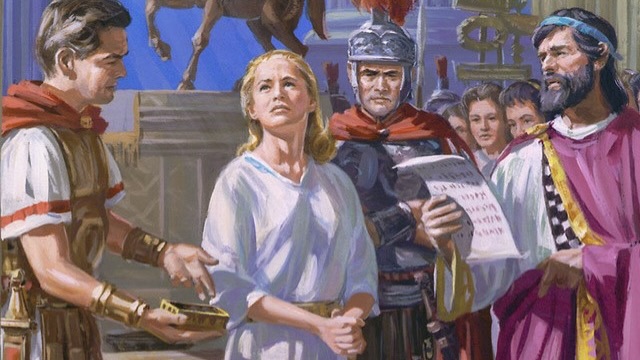
Polycarp was probably one of the “angels” or “ministers” of this Church during 1st century AD. According to Tertullian, Irenaeus, Eusebius and Jerome, the apostle John consecrated Polycarp as Bishop of Smyrna. Polycarp was ordered by the state to worship Caesar as god, but he refused and was put to death. His martyrdom, as well as the bitter experiences through which the Christians of Smyrna passed, well symbolized the period of church history when Christians were severely persecuted. Christians met in secret during that time throughout the empire. While God is not the author of temptation, trials come by divine permission; temptations and trials come from Satan.

v. 10
“10 days” tribulation (prophetic time) – during 2nd and 3rd centuries. Roman emperors tried to destroy the Church by persecution. 10 persecutions were instigated, and Diocletian’s was the worst; it lasted for 10 years from AD 303-313, until the reign of Constantine.
Promise – “Be faithful unto death, and I will give you a crown of life.”
v. 11
When wicked die, they will be raised for 2nd death, but when saints die, it will only be until they are raised to eternal life with Jesus c.f. 1 Peter5:4.
PERGAMOS
vs. 12-17
Pergamos – meaning “elevated” – Period of compromise. c. AD 313-538.
The city was built by the Aeolian Greeks c. 1150 BC, at an elevation of 1,000 ft, that gave it a natural defence.

It became the capital of the province of Asia Minor in 133 BC, when Attalus III, last of the Attalid kings, bequeathed his kingdom to Rome. The proconsuls who ruled there were vested with the broad, double-edged sword as a symbol of their authority. The supreme court of the province was here, where life or death awaited prisoners.
v. 12
Jesus, who has the sharp sword, will pronounce sentence on everyone c.f. 2 Corinthians 5:10; but His judgement will be fair and just.
v. 13
Pergamos was the HQ of Satan’s religion. When Babylon was overthrown by the Persians in 6th century BC, they gave the people of the city their freedom; but the Babylonian priests led a revolt, resulting in them being driven from the city.
“The defeated Chaldeans fled to Asia Minor, and fixed their central college at Pergamos, and took the Palladium of Babylon, the cubic stone, with them. Here, independent of state control, they carried on the rites of their religion” – William B. Barker, Lares and Penates, pp. 232,233.
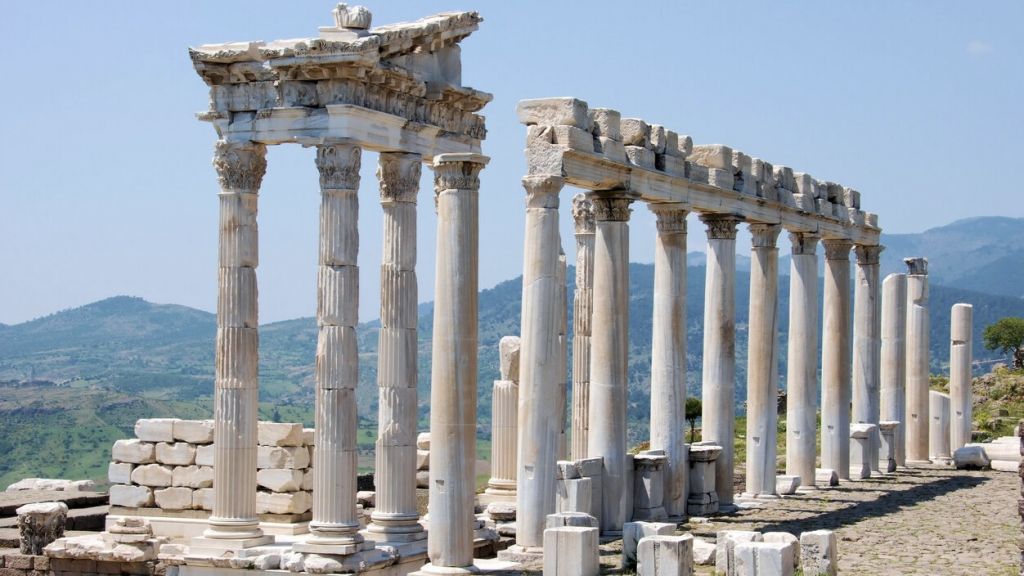
This counterfeit religion claimed that it made a bridge between heaven and earth, with the ruling monarch becoming the head bearing many titles, one of which bears significance as “Pontifex Maximus”. It means “The Greatest Bridge Builder”. The Babylonian mystery cult grew out of the defiance and confusion exhibited at the Tower of Babel. NB. Nimrod c.f. Genesis 10:8-10; 11:1-9.
In this way, Pergamos became the “seat” of the satanic system of the Babylonian mysteries, which later found its way to Rome. When Attalus III gave his kingdom to the Romans, this mystery cult was transferred to Rome – since that time, Rome became the HQ of this false, pagan system. The “title”, the “keys”, and the vestments were all absorbed into apostate Christianity.

Amongst the temples of Pergamos was the Temple of Zeus – it was dedicated to Aesculapius, “the serpent god” or “the god of healing” or “the man-instructing god” that gave man the knowledge of good and evil.
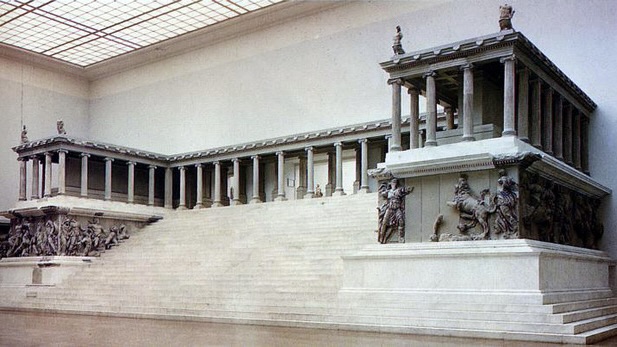
A live serpent was always kept in the temple of Zeus as an object of worship. A famous school of medicine was also located at Pergamos, having the emblem of the serpent twisting itself around a pole.

v. 13
Commendation – Even in this satanic place, God had a faithful group of people. Amongst them was “Antipas” who was martyred – tradition claims he was slowly baked in a brass bull that heated until it was red hot! He represents all those who took their stand against the hierarchy of those days. These were courageous Christians to stand against apostate Christianity as it became the state religion, seated on the throne of the Western Roman Empire.
v. 14
Reproof – “Doctrine of Balaam” – a subtle plan that led Israel into sin by compromise (Numbers 22-24); c.f. 2 Peter 2:14-16.
v. 15
“So you also…” suggests it compared to the teaching of the Nicolaitanes. NB. their “deeds” (v. 6) eventually led to their “doctrine”.
“It is highly probable that the Nicolaitanes either already had, or would have, reached the conclusion that they might justifiably comply with the current test of loyalty, and burn a little incense in honour of the emperor. . . . Their teaching was earthly, sensual, devilish.” – W. M. Ramsay, The Letters to the Seven Churches of Asia, pp. 298-301.
v. 16
Warned to repent or suffer the consequences – c.f. v. 12.
v. 17
Promise to the overcomer – “Hidden manna” was the pot of manna placed in the Ark of the Covenant (Hebrews 9:3,4): it was a type of Christ, c.f. John 6:30-40.
“White stone” – When making judgement, the judges used a white stone for acquittal and black stone for condemnation. The “tessera” was a white stone inscribed with a new name given to emancipated slaves. NB. Christ has set us free by His blood: Revelation 1:5, John 8:36 and gives us a new name: Isaiah 62:2, Jeremiah 15:16.
THYATIRA
vs. 18-29
Thyatira – meaning “sacrifice of contrition” – Period of Apostasy. 538-c.1517
It represents the period in church history when through apostasy, simple faith in Jesus was sacrificed for outward works and penances. The Gospel of Salvation was exchanged for a human system of works and the memorial of Christ’s death was replaced with a ritual of the Mass.
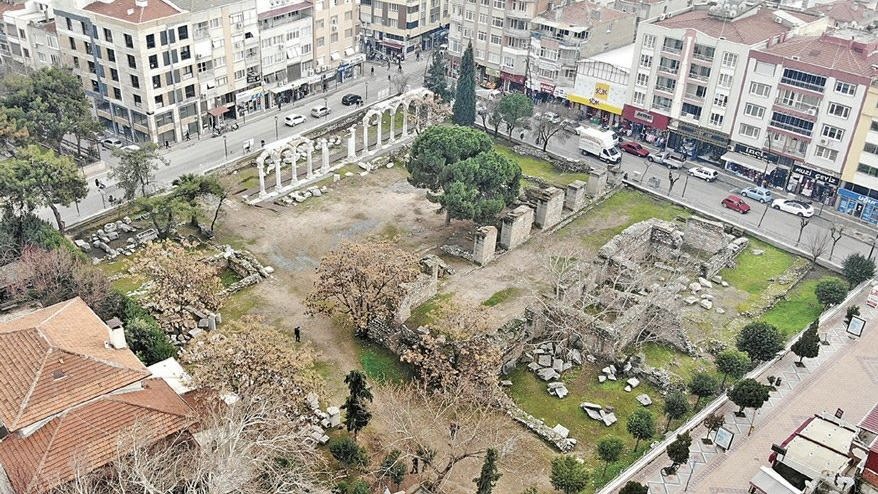
Thyatira was built by Seleucus in 280 BC as a cavalry outpost, but without any natural fortifications; so, it was necessary to strengthen its defences. It was famous for manufacturing brass/bronze items. Also for dyeing red and purple cloth (Acts 16:14). Lydia may have brought the Christian message to Thyatira. The Temple of Apollo, the sun-god, stood there and it had an altar to a female deity.
vs. 18-19
Commendation – Jesus addresses them in terms that could appeal to a city of foundries. It is the only place in the Book of Revelation where His title “Son of God” is used. NB. In Middle Ages, His place was usurped by the antichrist, which means “in place of Christ” or “instead of Christ”.
Thyatira symbolizes the longest of church periods. He commends the faithful for their works, particularly towards the end of this period when the reformers arose – e.g. Huss, Jerome, Luther, Knox, Zwingli.

vs. 20-23
Reproof – “Jezebel”, wife of King Ahab, was a Phoenician princess who introduced Baal worship into Israel. God called Elijah to condemn the apostasy of Israel and wrought a drought for 3½ years in Israel. After that period, Elijah led the people back to God and destroyed the priests of Baal.
This was a type of the period when paganism was brought into the church and the head of the church became head of state. Sun worship and all its trappings came into the church and has remained. Red and purple became significant colours in the attire of the apostate church, c.f. Revelation 17:4. The Bishop of Rome (pope) received full temporal and ecclesiastical authority over Western Empire in AD 538 by Emperor Justinian; and for 3½ prophetic years (i.e. 1,260 literal years) the papacy reigned supreme until 1798, c.f. Daniel 7:25.
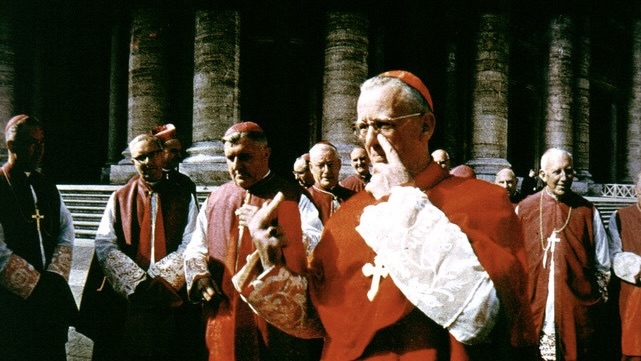
v. 21
During that time, the people suffered a spiritual drought. Through the reformers, God gave the opportunity to repent but the church refused. Like Jezebel, the papacy refused to take heed and launched the Counter-Reformation in opposition to the Protestant Reformation.
vs. 24-25
Counsel – “the rest” (remnant) “Hold fast” and remain faithful till I come.
vs. 26-29
Promise – to the overcomer who endures to the end (Matthew 24:13), the same shall bear rule over the nations, c.f. Daniel 7:26-27.
“The Morning Star” or “Daystar” appears in a dark hour of the night, so Christ, “the Daystar” (2 Peter 1:19; Revelation 22:16) promises to appear in the hour of our greatest trial. During this darkest hour of apostasy, the Spirit of Christ inspired God-fearing men like Wycliffe, Huss, Jerome and others to lead the people back to the Bible as heralds of the coming day of the Reformation.

The full video presentation is available here:



